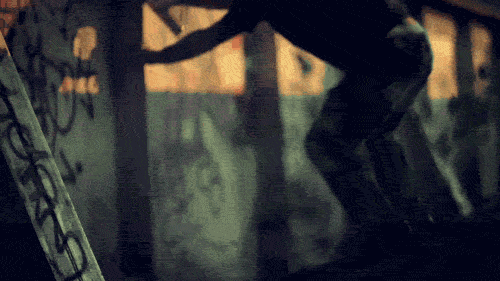Graffiti has always been a thing that people have a love or hate relationship with. The public canvas on the inside of a tunnel provides a great place to spray an inspirational life slogan. The city block covered in gang tags or the trains stained with foul language are found across many large cities. For one it’s an art form, yet for another its vandalism. On one hand in affords the city some character, yet the government will have to pay to get the wall scrubbed eventually.
Now Augmented reality is opening the door to what some believe might be the solution to some of these concerns. Makers of the acclaimed mobile game Subway Surfers, Sybo, along with mobile publisher iDreamSky have teamed up to create Mark AR (Robertson, 2019). The app will allow users to create virtual graffiti using their smartphones and post these creations on the windows, walls and doors of real buildings. These creations will remain there and will be tagged on a map so that user’s friends and followers can go and view the creations.
Technically, the software will be hosted on Google’s ARCore cloud anchors that was created specifically for the use of augmented reality platforms. Google’s cloud anchors will save the image along with critical markers of the location so that users can point their camera’s and view an image or object apparently stuck to the location (Hollister, 2019).
Watch the below video to get a feeling for how the app will function.
This technology of course opens, literally, an entire new realm for marketing, social interactions, advertising and social communication. The video shows a free coffee tag, the ability to import images and post funny comments for your friends. However, at the same time, the anonymous tagging of inappropriate comments or images on city monuments might not be a sight to behold.
This might be something that really catches on, as AR lets us view the real world in such different ways. It lets us manipulate the environment, virtually, that might make it ever so slightly more interesting to walk around. Yet it’s annoying enough to walk into a crowd where everyone is taking selfies, walking around with a screen literally interpreting and adapting how you view that which in front on you might be pushing that boundary even further. Besides, who is responsible when the next nude picture of a celebrity gets posted on the parliament building? And is covering someone’s house in racial insults considered vandalism or abuse?
I am interested to see if you think it’s a good idea to have virtual art everywhere and how you think it will affect how we interact with the (real) world.
Sources
Hollister, S. (2019, September 12). Google takes one tiny step closer to the world beneath the world. Retrieved October 13, 2019, from https://www.theverge.com/2019/9/12/20862572/google-arcore-persistent-cloud-anchors-ar-augmented-reality-layer.
Robertson, A. (2019, October 12). Is the world ready for virtual graffiti? Retrieved from https://www.theverge.com/2019/10/12/20908824/mark-ar-google-cloud-anchors-social-art-platform-harassment-moderation.


